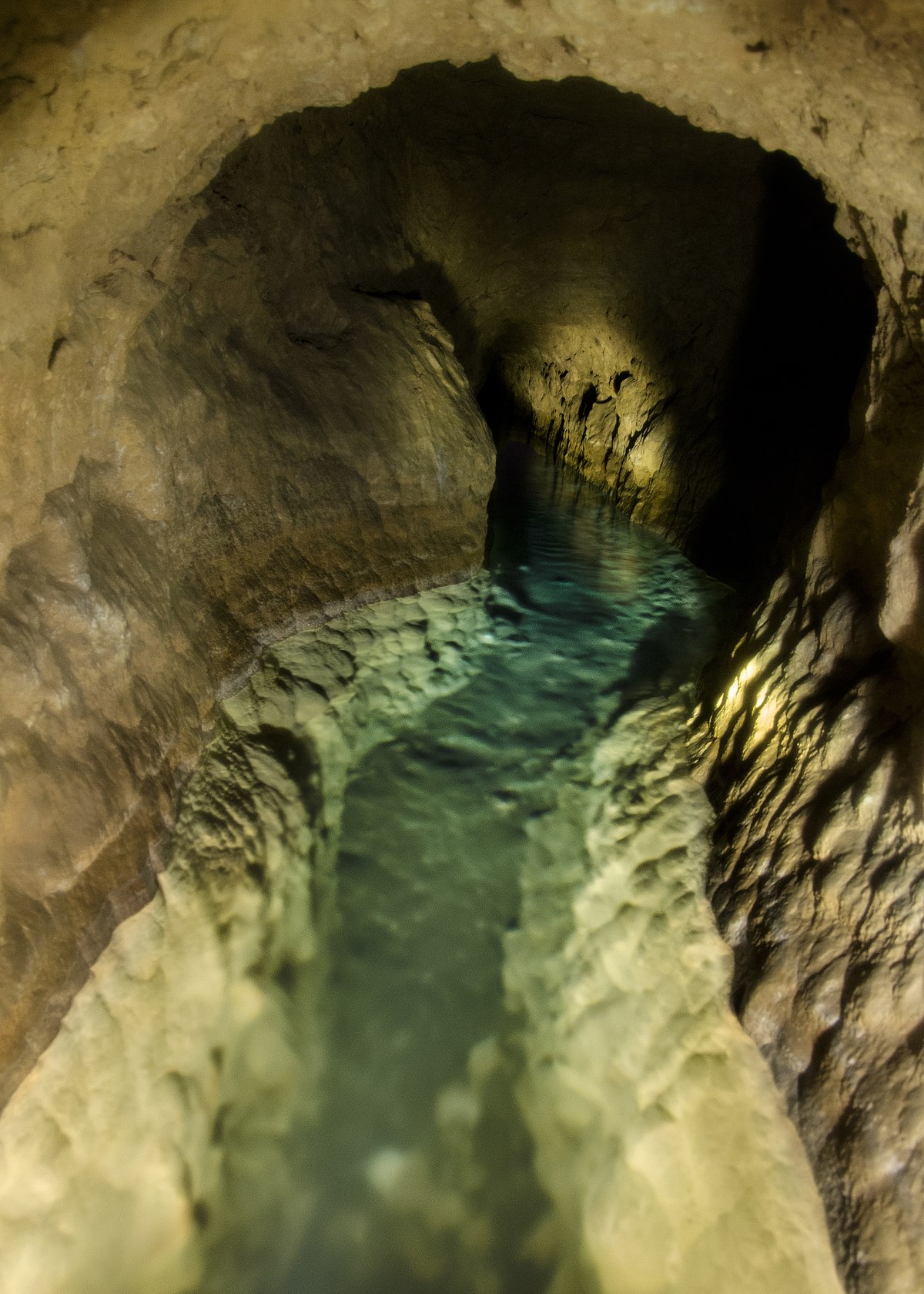
Chemical investigations of sediment from an ancient river channel at a Roman site in northern England have disputed the longstanding notion that Britain faced an economic downturn following the conclusion of Roman governance around AD410. Instead, the results imply that metal production persisted and only saw a decline much later on. The village of Aldborough in North Yorkshire was historically the thriving Roman town of Isurium Brigantum, located in a region noted for extensive metalworking, such as iron and lead. During a decade-long archaeological survey of the site, researchers identified a sediment sequence in a bore hole core from an ancient channel, which last flowed into the River Ure approximately 2000 years ago.
‘We recognized the potential of the sediment sequence to serve as a geochemical proxy record for reconstructing the history of metal production in this significant area from the Roman era to the present,’ states Christopher Loveluck from the University of Nottingham. Airborne contaminants from metal processing over the years may have been deposited and preserved in the sediment layers, which would indicate the levels of lead and iron working occurring at various times.
Analyses employing multi-element inductively coupled plasma mass spectrometry revealed that iron concentrations were linked to distinct chemical markers of pollution, including arsenic and phosphorus, typically associated with iron ore smelting. Simultaneously, lead concentrations were found alongside byproducts related to galena smelting, or lead ore (lead sulfide), including silver, zinc, and copper.
By dating the samples through pollen analysis and radiocarbon methods, the researchers began to correlate their chemical findings with written and archaeological data from the area. They discovered that variations in pollution aligned with documented patterns in British metal production from AD1100 to 1700, as well as sociopolitical occurrences like Henry VIII’s dissolution of the monasteries, wars, and pandemics that would have interrupted metal production.
Reflecting on history
Since the core illustrated these established historical occurrences, it afforded the researchers a distinctive means to explore further back to times without written documentation. ‘This core has yielded the first unbroken, continuous account and timeline of metal pollution and economic history regarding metal in Britain, from the 5th century to the present, at the center of a major metal-producing area,’ Loveluck remarks.
One of the principal findings indicates that Roman metal production methods, including coal usage, persisted long after their exit, suggesting that the economy did not collapse as previously believed. Earlier evidence primarily from southeast Britain indicates a lack of new coinage after AD402, alongside a downturn in Roman pottery industries and grand constructions.
In contrast, the sediment record post-AD410 indicates that metal production appeared to rise until around AD600, after which the ores and coal fuel from the Roman era were neglected, Loveluck explains. ‘This abrupt downturn may represent the first measurable record of the waves of plague between the 540s and 590s,’ he states. ‘It’s always remarkable when primary evidence contradicts or adds a greater depth to long-established views of our history.’
‘It’s captivating. What is prominent is the absence of “collapse” in metal mining in the post-Roman era,’ comments Jane Kershaw, an archaeologist at the University of Oxford. ‘In fact, iron working experiences a significant increase from the 6th century, which is crucial because iron working is a specialized craft.’
Kershaw clarifies that iron working is labor-intensive as the ore must first be mined, then smelted, hammered, and welded, prior to creating the final product. Moreover, woodlands must be utilized to procure the charcoal necessary for furnaces. ‘This suggests that people can carry out this work even in the absence of Roman infrastructure,’ Kershaw asserts.
‘This intriguing paper highlights the importance of adopting an interdisciplinary method to unravel the intricate evidence for long-term changes in economic production in Britain,’ remarks David Petts, an archaeologist at Durham University, UK. ‘This study presents a surprising outcome by offering an alternative viewpoint to conventional narratives that depict the end of Roman Britain as a period of significant economic disruption.’